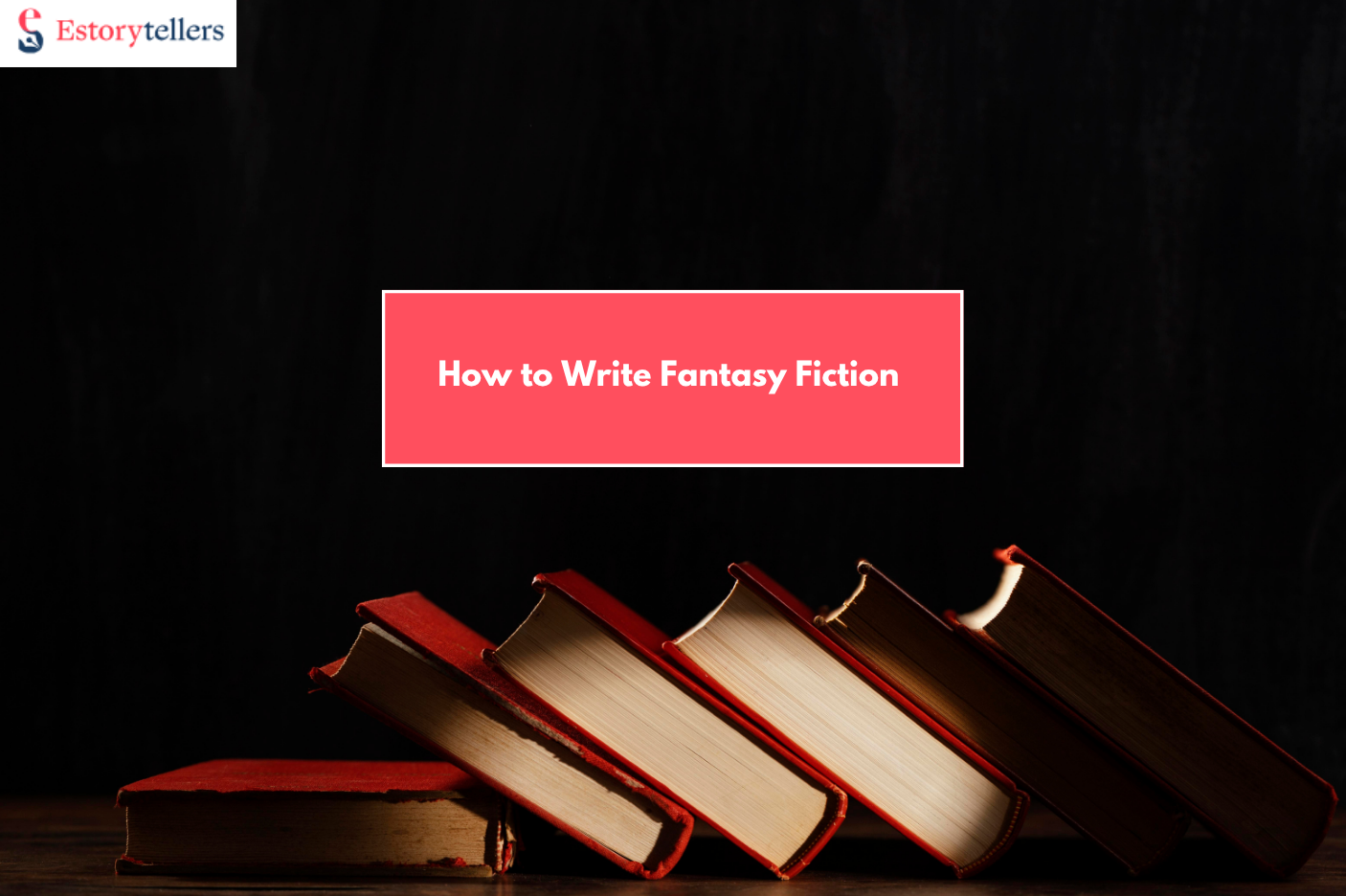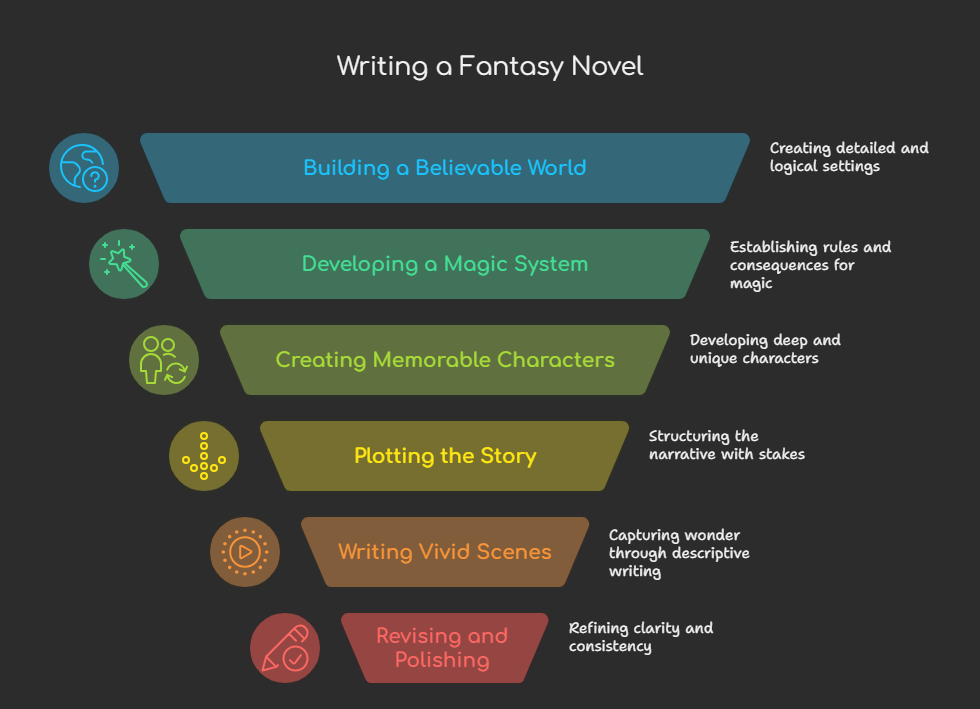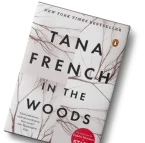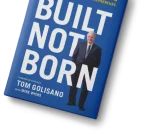
Fantasy fiction invites us to dream bigger, broaden possibilities, and imagine worlds beyond our own. But how to write fantasy fiction if you have not written anything before?
If you’ve been daydreaming about dragons since childhood or recently fell in love with the genre through authors like Brandon Sanderson or Sarah J. Maas, learning how to write fantasy fiction can be both thrilling and intimidating.
This guide will walk you through everything from worldbuilding and magic systems to publishing and promotion, especially tailored for aspiring writers in the USA. With Estorytellers by your side, turning your fantasy into a professionally published and well-marketed book is more possible than ever.
Ready to Create a Magical World?
We help you build rich fantasy settings, develop mythical plots, and write stories readers escape into.
Start My Fantasy Book1. Understand What Defines the Fantasy Genre
Before you start writing, you need to understand what readers expect when they pick up a fantasy novel—and how you can both meet and creatively twist those expectations.
What Makes a Story “Fantasy”?
Fantasy fiction is rooted in the impossible. It features elements that don’t exist in our reality: magic, mythical creatures, invented worlds, or supernatural forces. Unlike science fiction, which is based on plausible extensions of real-world science, fantasy embraces the mythic and magical. Whether it’s set in an entirely different universe (like The Lord of the Rings) or tucked inside our own world (Harry Potter), fantasy always includes:
- A break from real-world logic
- A system of magic or supernatural rules
- Invented or altered cultures, species, or timelines
Popular Subgenres of Fantasy
One of the best things about writing fantasy fiction is the range of subgenres you can explore. Understanding these categories helps you shape your story and market it effectively:
- High Fantasy: Epic worlds, often with multiple races, kingdoms, and histories (The Wheel of Time)
- Low Fantasy: Magical elements within a more realistic or modern setting (The Magicians)
- Urban Fantasy: Magic in contemporary cities (The Dresden Files)
- Dark Fantasy: Bleak, horror-tinged settings (The Witcher)
- Portal Fantasy: Characters travel from the real world into a magical one (Narnia)
Why This Matters for USA Readers and Writers
American audiences have a strong appetite for fantasy fiction, particularly when it explores diversity, deep worldbuilding, and clear emotional stakes. Publishers and literary agents in the USA are increasingly drawn to genre mashups, character-driven stories, and fresh takes on mythology.
If you’re aiming for professional success, understanding your subgenre and the expectations of American readers can sharpen your manuscript and your pitch. Estorytellers can help you with this step by offering genre-sensitive editing, beta reading, and even proposal development.
Have a Fantasy Idea but Need Help Writing?
Our ghostwriters bring your magical universe to life with gripping plots, complex lore, and powerful heroes.
Hire a Ghostwriter2. Build a Believable Fantasy World
A vivid, well-constructed world is one of the biggest draws for fantasy readers. It’s not just a backdrop—it’s a living, breathing force that shapes your characters, influences your plot, and sets the tone for your entire story.
Start With the Big Picture
Before you dive into details, ask yourself a few key questions:
- What kind of world is this—magical, post-apocalyptic, medieval, futuristic?
- Is it one continent or many? Are there seas, deserts, mountains?
- Who lives here—and how do they survive?
Draw a rough map if it helps. Think about climate, geography, and resources, and how those shape the societies in your world. For example, a kingdom in a cold mountainous region may be isolated and self-sufficient, while an island city might rely on trade and diplomacy.
Design Cultures, Religions, and Social Systems
What do people believe in? How are they governed? What roles do gender, class, and tradition play?
These are the details that make your world feel real. But here’s the trick: you don’t have to explain everything all at once. The best fantasy writers reveal their worlds through character experience, not exposition dumps.
Also, be mindful of creating fantasy cultures that aren’t just thinly veiled versions of real-world ethnic groups—especially for American readers, sensitivity and originality matter. Estorytellers can help you workshop these elements with cultural sensitivity and nuance, especially during the developmental editing phase.
Create an Internal Logic
Even if your world is full of magic, it needs rules. What happens when someone breaks them? How do the consequences of past events shape current politics or economies? This is what makes fantasy worlds feel lived in—and what makes readers invest in the stakes.
Pro tip: Consistency matters more than originality. A unique world that contradicts itself will frustrate readers more than a familiar one that’s fully coherent.
Need Help With World-Building?
We help you craft magical realms, societies, and systems that make your fantasy world feel real and immersive.
Build My World
3. Develop a Unique Magic System
A great magic system is more than just a source of wonder—it’s a structural pillar of your story. Whether subtle or spectacular, your magic should be thoughtfully designed, internally consistent, and deeply integrated into your world and characters.
Hard vs. Soft Magic Systems
Fantasy magic systems tend to fall on a spectrum:
- Hard Magic Systems have clear, defined rules and limitations. Readers understand exactly what magic can and can’t do. Think: alchemy in Fullmetal Alchemist or Allomancy in Mistborn. These systems create logical problem-solving and tension.
- Soft Magic Systems are mysterious, often spiritual, and less defined. Think: Gandalf’s powers in The Lord of the Rings. These create atmosphere and awe but aren’t typically used to resolve key plot points directly.
Most successful fantasy today (especially in the U.S. market) blends both—rules + mystery. American readers tend to appreciate clever use of magic within constraints, where the rules matter but the mystery remains intriguing.
Define Rules, Costs, and Consequences
Ask yourself:
- Who can use magic, and how do they access it?
- What does it cost—energy, life, sanity, resources?
- What happens when magic goes wrong?
The consequences of using magic are what make it narratively powerful. They create conflict, drama, and tension.
For example, a healer who drains their own life force to save others introduces built-in stakes. Estorytellers often work with writers to refine these mechanics so they enhance, not dominate, your story.
Make Magic Shape Society
Good magic systems do more than power up characters—they reshape economies, politics, class systems, and cultures. Would merchants use magic to speed up travel? Would religious leaders view magic as divine or heretical?
If you want to impress agents or self-publish successfully in the U.S., weaving your magic system into the fabric of your world shows a high level of craft. With Estorytellers’ editorial team, you can even get professional feedback to make your system airtight before you publish.
Want to Create Magical Heroes & Villains?
We help you write compelling characters with emotional depth, unique powers, and legendary arcs.
Create My Characters4. Create Deep, Memorable Characters
Even in the most imaginative worlds, readers connect most with the people who inhabit them. Characters are the emotional core of your story, and in fantasy—where plots and settings can get epic in scope—it’s essential to ground your narrative with characters who feel real.
Start With Goals, Flaws, and Change
Dynamic characters have:
- Clear goals: What do they want, and what’s at stake if they fail?
- Meaningful flaws: What weaknesses or beliefs stand in their way?
- Emotional arcs: How do they grow or unravel during the story?
Whether you’re writing a farm boy destined to defeat a dark lord or a morally gray anti-hero navigating a cursed kingdom, the internal journey matters just as much as the external one.
Avoid Tropes Unless You’re Reinventing Them
The fantasy genre is rich with archetypes: chosen ones, wise mentors, dark rulers, rogue assassins. These can work—but only if you bring a fresh angle. For example:
- What if your “chosen one” doesn’t want the responsibility?
- What if your “dark lord” genuinely believes they’re doing the right thing?
USA readers are increasingly drawn to nuanced characters, especially those from underrepresented backgrounds or those who challenge genre conventions.
Estorytellers’ team of developmental editors can help you flesh out complex characters and ensure your cast avoids the “cardboard cutout” trap that plagues amateur fantasy writing.
Make Characters Interact With the World and Themes
Your characters should be shaped by their environment—by their culture, by magic, by trauma, by class. Let their personalities evolve naturally through world-based challenges. This interconnectedness is what makes a fantasy novel feel whole, and it’s often a key factor for success in U.S. literary contests or agent submissions.
5. Plotting Your Fantasy Story
You’ve got the world. You’ve got the characters. Now comes the hardest part: weaving them into a story that hooks readers from page one.
Choose a Structure That Fits Your Story
Here are a few common structures in fantasy:
- The Hero’s Journey: A character leaves home, faces trials, returns transformed (The Hobbit).
- The Quest: A team must travel, retrieve, or destroy something (The Witcher, The Stormlight Archive).
- The Ensemble Saga: Multiple POVs over vast conflicts (A Song of Ice and Fire).
Each structure has its own pacing needs. For American readers, especially in adult and YA fantasy, clarity and forward momentum are critical. Don’t let your plot get lost in your worldbuilding.
Avoid the Infodump
Nothing kills pacing like front-loading your story with history lessons. Instead:
- Introduce details organically through character experiences
- Use action and dialogue to imply world rules
- Save deeper lore for when readers are already invested
Estorytellers’ ghostwriters and editors are trained to help shape your story into a compelling, commercial-ready arc that works for print or eBook formats—especially important if you’re aiming for the Amazon Kindle or U.S. self-publishing market.
Thinking of Writing a Series?
We help structure epic fantasy series and trilogies with powerful arcs, cliffhangers, and reader retention.
Plan My Series6. Write Vivid Scenes That Capture Wonder
Fantasy thrives on a sense of wonder—but that doesn’t mean writing purple prose or getting lost in endless description.
Use Specific, Sensory Details
When writing scenes, always ask: What does the reader see, hear, smell, touch, and feel?
Example:
The castle was magical. Wrong!
The air shimmered with heat as the obsidian towers cracked with violet lightning. Right!
Vivid detail builds immersion. But use it with purpose—when something deserves to stand out.
Balance Action, Description, and Dialogue
Too much action, and your scenes feel chaotic. Too much description, and they drag. Great fantasy scenes blend:
- Action: Physical movement or conflict
- Dialogue: Reveals character and plot
- Description: Builds mood and setting
Estorytellers can help fine-tune these elements during the line editing stage, ensuring each scene pulls readers deeper into your world rather than pushing them out.
Need Help Polishing Your Draft?
Our editors refine your story structure, language, pacing, and magic system consistency for professional appeal.
Edit My Book7. Revise and Polish Your Draft
The first draft is just the beginning. Fantasy fiction often needs multiple rounds of revision to ensure continuity, clarity, and emotional impact.
Checklist for Revising Fantasy
- Are your magic rules consistent?
- Are your character arcs complete and satisfying?
- Are pacing issues causing readers to skim?
- Is every name, kingdom, and object pronounceable and purposeful?
Get Outside Feedback
Fantasy writers benefit hugely from outside perspectives. Try:
- Beta readers who love fantasy
- Sensitivity readers if your world includes cultures inspired by real-life groups
- Professional editors, especially those with genre experience
This is where Estorytellers becomes invaluable. They offer end-to-end support: editing, ghostwriting, formatting, and even cover design—essential services for anyone planning to self-publish in the competitive U.S. market.
Prepare for Publishing and Promotion
Once your manuscript is polished:
- Decide between traditional or self-publishing
- Develop your author brand and online presence
- Craft a compelling book blurb and query letter
Estorytellers offers publishing packages that include professional layout, ISBN assistance, marketing support, and Amazon optimization—so you can focus on storytelling while they handle the logistics.
Want a Unique & Balanced Magic System?
We help you create rules, limitations, and lore around magic that feel logical, fair, and exciting.
Develop Magic SystemConclusion: How To Write Fantasy Fiction
Writing fantasy fiction is a creative adventure that requires just as much structure and discipline as imagination. In this article, you’ve learned:
- How to build immersive worlds, characters, and magic systems
- How to structure and polish a plot that satisfies modern readers
- How Estorytellers can help you publish and market your fantasy novel professionally
If you’re serious about bringing your fantasy vision to life and reaching an audience in the U.S. or globally, your next step is clear: start writing—and let a trusted partner like Estorytellers help you take your manuscript all the way from concept to bookstore shelf.






























